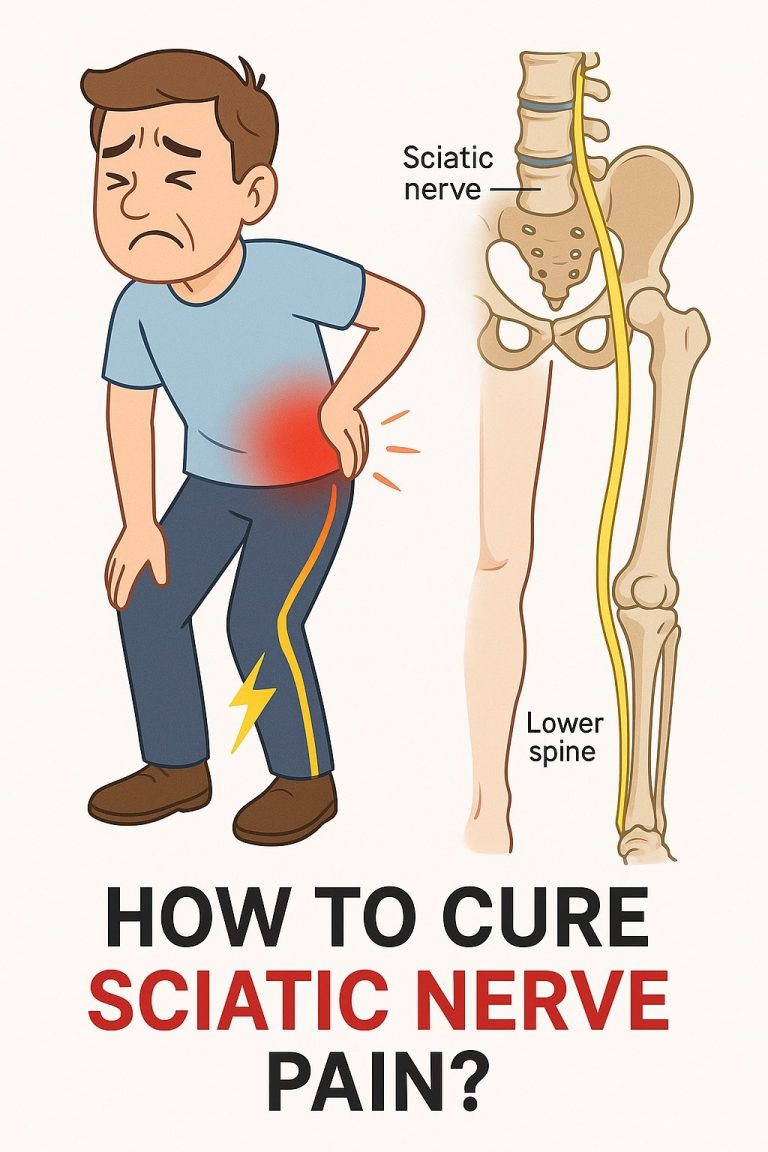While the instinct might be to rest, prolonged inactivity can actually worsen sciatica. Gentle, targeted movements can help reduce inflammation and relieve pressure on the nerve.
- Knee-to-Chest Stretch: Lie on your back with your knees bent and feet flat on the floor. Gently bring one knee up to your chest, holding it with your hands. Hold for 30 seconds, then repeat with the other leg. This can help stretch the lower back and gluteal muscles.
- Figure-Four Stretch (Supine Pigeon Pose): Lie on your back. Bring your right knee up to your chest and then cross your right ankle over your left thigh. Gently pull your left thigh toward your chest. This targets the piriformis muscle, which can be a source of nerve compression.
- Core Strengthening: A strong core can support your spine and prevent future episodes of sciatica. Simple exercises like planks and bird-dog can help stabilize your back and reduce pressure on the sciatic nerve.
3. Herbal and Natural Anti-Inflammatories
Certain herbs and supplements have natural anti-inflammatory properties that can help reduce the swelling around the sciatic nerve.
- Turmeric: The active compound in turmeric, curcumin, is a powerful anti-inflammatory. You can add turmeric to your food or take it as a supplement. It’s often combined with black pepper to enhance its absorption.
- Ginger: Like turmeric, ginger has been used for centuries to reduce inflammation and pain. A cup of ginger tea or adding fresh ginger to meals can be beneficial.
- Devil’s Claw: This herb, native to South Africa, has shown promise in reducing back pain and inflammation. It is available in supplement form and should be taken under the guidance of a healthcare professional.
4. Posture and Ergonomics
Poor posture is a silent enemy of your spine and can be a major cause of sciatica. Making a few simple adjustments can have a big impact.
- Proper Sitting: If you sit for long periods, make sure your chair provides good support for your lower back. Keep your feet flat on the floor and your knees slightly below your hips. Avoid crossing your legs.
- Sleeping Position: Sleeping on your side with a pillow between your knees can help align your spine and hips, reducing pressure on the sciatic nerve. If you sleep on your back, place a pillow under your knees.
When to See a Doctor
While these remedies can provide significant relief, it’s important to know when to seek professional medical advice. You should consult a doctor if:
- The pain is severe and doesn’t improve with home remedies.
- The pain is caused by a sudden, violent injury.
- You experience a loss of bladder or bowel control, which could indicate a serious condition called cauda equina syndrome.
- The pain is accompanied by muscle weakness or numbness in the affected leg.
By combining these natural remedies with a healthy, active lifestyle, you can effectively manage sciatic nerve pain and improve your quality of life. Remember to listen to your body and consult a professional for a proper diagnosis and treatment plan tailored to your specific needs.
